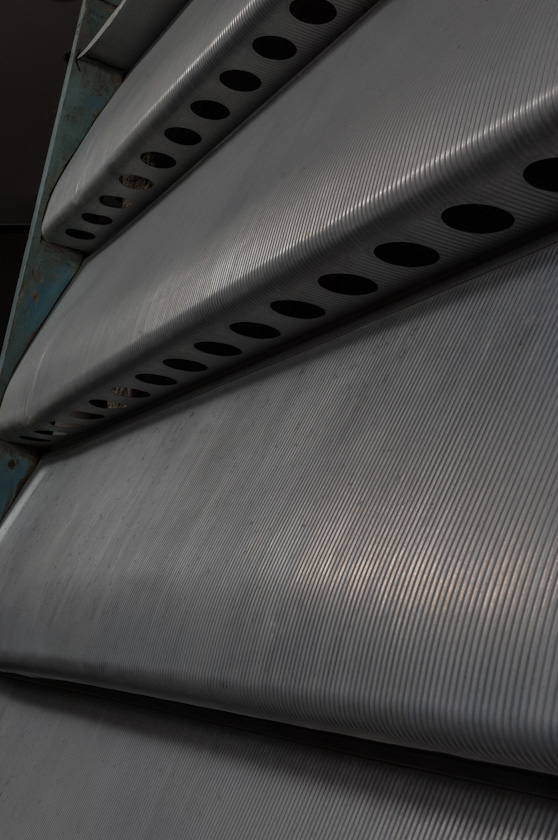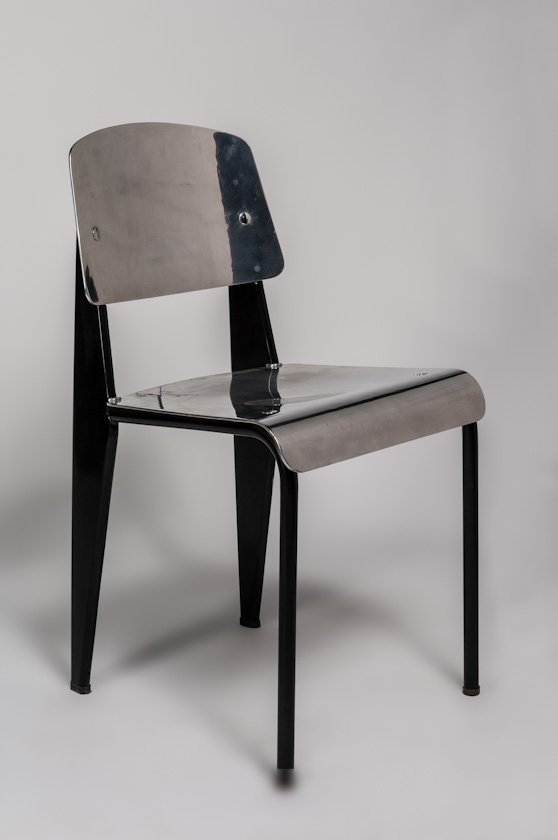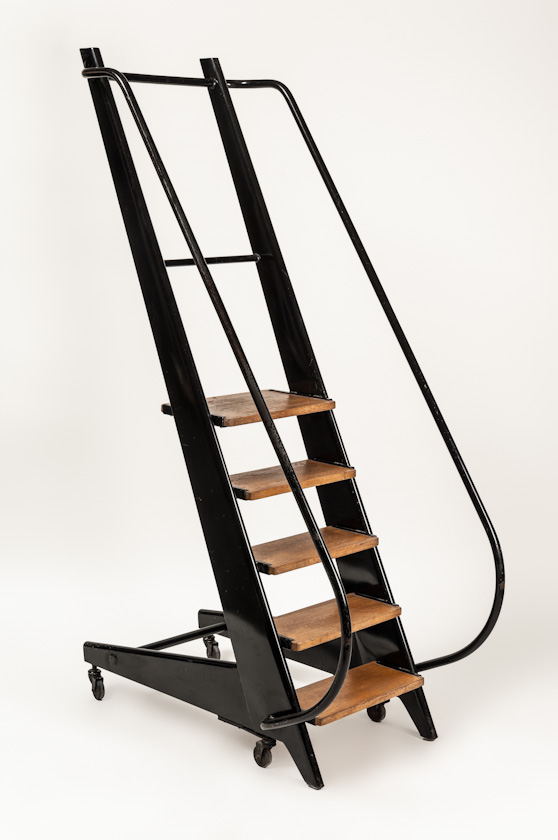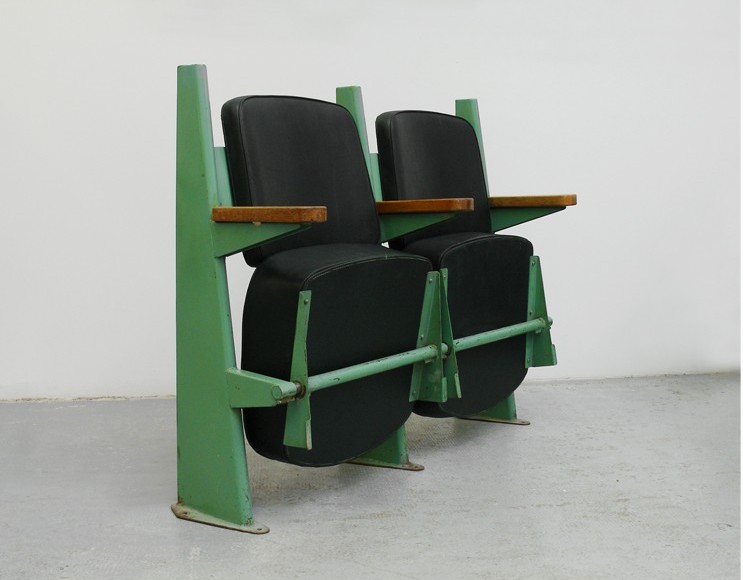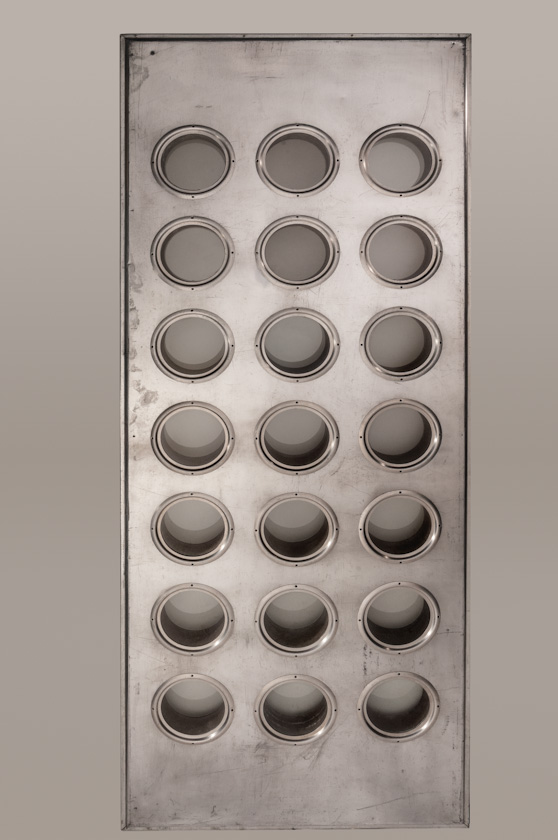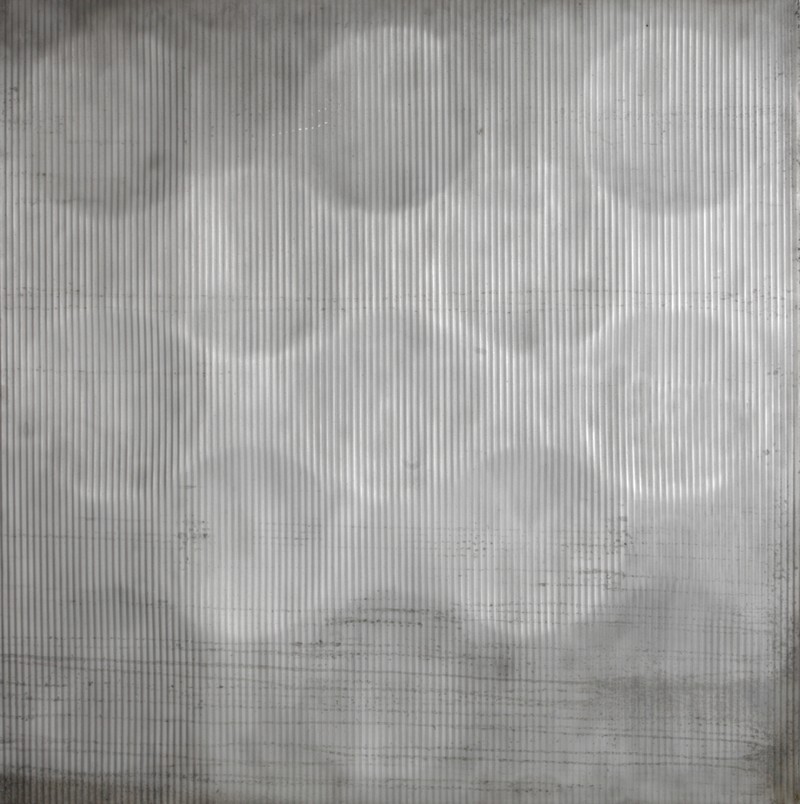Design Jean Prouvé
Having spent most of his career in Lorraine, at his workshops in Nancy, Jean Prouvé nowadays enjoys international recognition. Since 2012, the musée des Beaux-Arts de Nancy has presented one of the largest public collections of objects made by the Lorraine designer.
At the heart of the permanent itinerary are thirty items acquired by the museum or left on deposit by private individuals and institutions that illustrate the key stages in Jean Prouvé’s career (1901-1984). As a metalworker and craftsman, the term “constructor” appears more suited to his career than “designer”. He had a remarkable ability to invent, giving a new breadth to the principles of the Nancy School passed on to him by his father Victor Prouvé, as part of the International Modern Movement.
A number of items were mass-produced with a view to making them affordable to the majority: they were used to furnish a large number of homes and educational institutions. The museum presents various examples: single pieces that have become design icons (Standard chair no.4, “Métropole” chair no. 305, Collapsible wooden chair CB22, Stool on castors, Compass desk), furniture units (Monbois university hall of residence, Vantoux municipal school, Antony university hall of residence) and architectural components (Panel with porthole windows, Awning, Facade panel for the Aluminium Centenary Pavilion). Supported by videos and a virtual tour of the Prouvé House (Nancy), these objects demonstrate the five construction principles that he combined in various ways: mechanical; mass-produced and standard; structure; materials and structure; mobility and lightness.
The Jean Prouvé gallery also acts as a forum in which the designer’s production is combined with that of the artists who were his contemporaries: César, Daniel Dezeuze, Tony Grand, Pierre Buraglio, François Morellet, André Cadere and Franck Stella. Their works have much in common with those of Prouvé from a technical and formal standpoint.
In 2012, the “Jean Prouvé in Nancy” event was jointly organised by the City museums and those of Grand Nancy, involving two new permanent exhibition centres, four temporary exhibitions and an urban itinerary to provide an up-to-date view of this resolutely modern constructor.

